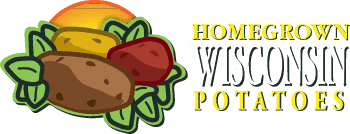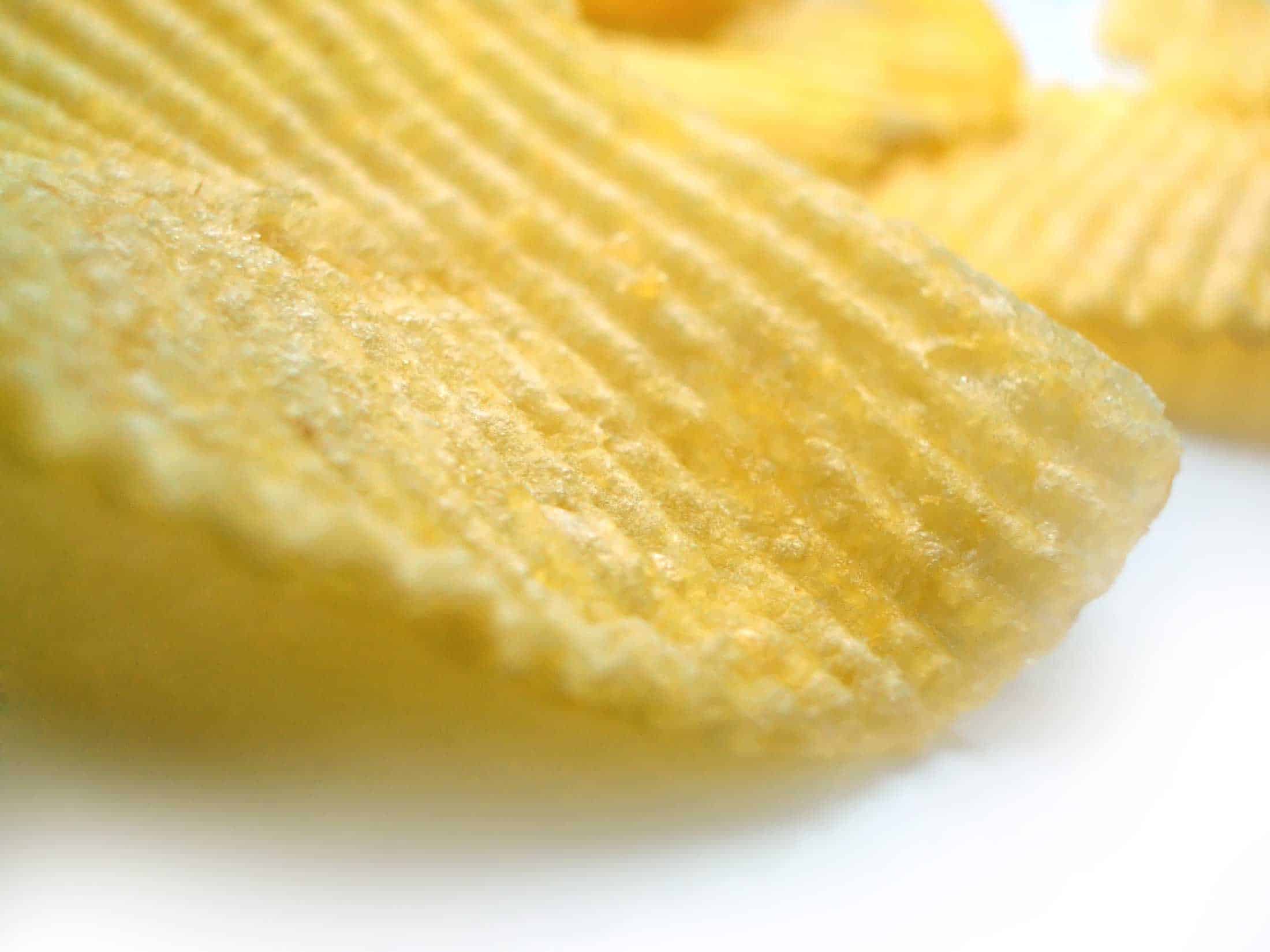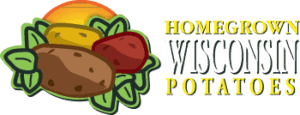Sometimes, you can walk down the aisles at your local grocery store and see people face down in the label of a soup can or a box of cereal. Other times, like in our case, you’ll see a person with their eye-glasses in one hand and a bag of snack food in the other, the food no more than inches from our eyes, trying to decipher the label on the bag. As funny as this might appear, it’s the smart thing to do because reading labels on food, and even health and beauty aids, can tell you a lot about what you’re putting in and on your body.
But figuring out the realities of what’s on each label can be a little tricky. Here are a few tips that will make you more fluent in the language of labeleese:
- Ingredients are listed in order of quantity, sort of – take for instance a jar of salsa. Of course the first ingredient listed will be tomatoes, but after that, it becomes very difficult to determine the quantities because many manufacturers use words that we’re not familiar with. You might see sugar referenced way down the list and think, oh well, that’s not too bad but sugar can also be listed as high-fructose corn syrup, or just corn syrup, or agave nectar, or barely malt syrup or dehydrated cane juice and there are plenty of others. If these are listed before the word sugar, perhaps the product isn’t all that healthy.
- Many people look for sodium clues, and that gets really tricky – because sodium is a source of salt and it’s used to preserve fish and meats and to control bacteria, for example, it does provide some necessary benefits, but it does count toward your salt intake. The American Heart Association recommends a sodium intake of 1,500 milligrams per day, yet the average American consumes twice that. So, if you see salt on the ingredient list, but you also see sodium benzoate, disodium or monosodium glutamate, that still counts as salt.
- But trans fats are the real hidden mystery – that’s because they’re not listed as trans fats, they’re listed as the ingredients that contain trans fats. These fats can raise your bad cholesterol (LDL) and lower the good cholesterol (HDL), so watch for battered foods, pie crusts, shortening, margarine sticks, items like that with high trans fats.
Reading food labels is important; granted, it’s not like sitting down with your favorite book or magazine, but it’s good to know what you’re putting inside your body. And always, always, remember to check the expiration date on anything you purchase. Most people look to see if an egg is cracked when they buy a dozen eggs, but the first thing they should be looking at is the expiration date. Keep on reading those labels, even if you need to take your glasses off.



